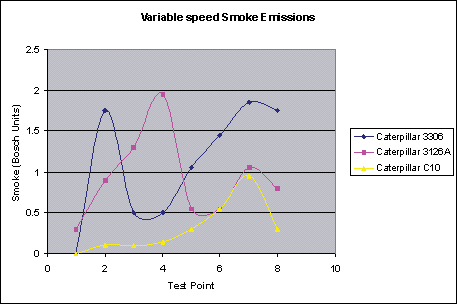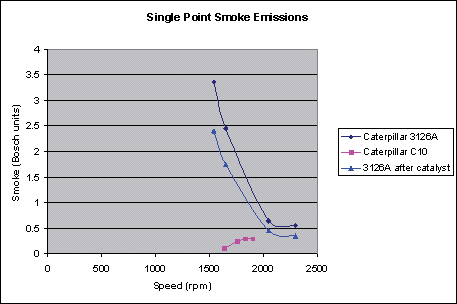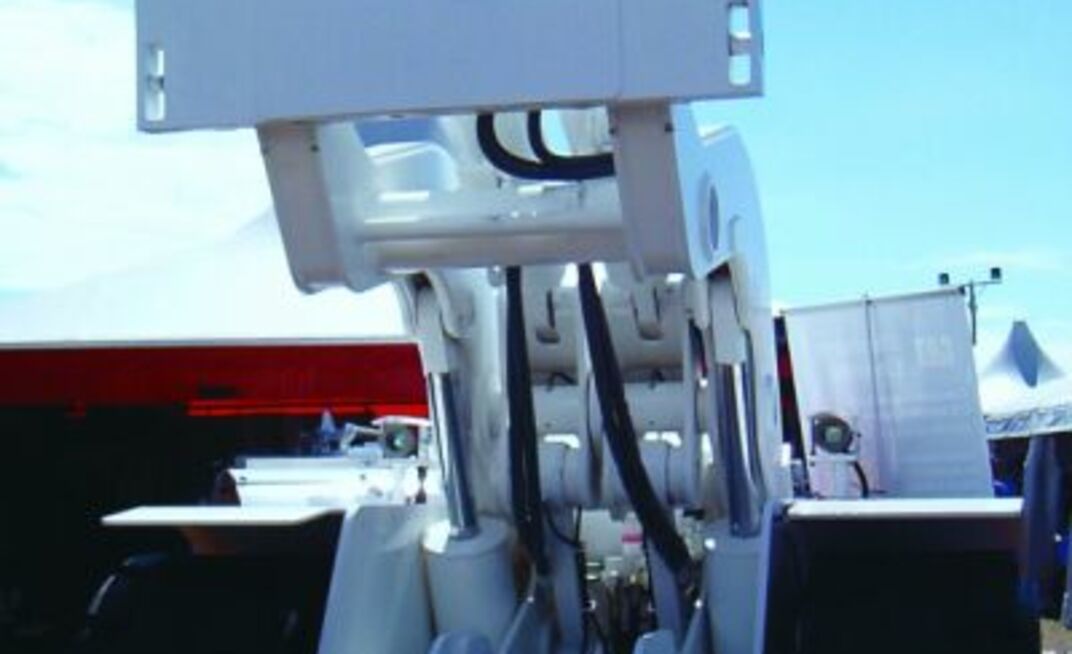The final certification - Aus Ex 04.2623 for injector solenoids - was acquired from Simtars on Wednesday this week. The engine had already been tested and determined compliant with Australian Standard AS3584.2:2003 Diesel Engines for Underground Coal Mines. AusEx certification for all electrical components fitted to the machine other than the injector coils was acquired last year.
The importance of the electronic engine to the underground coal sector lies in its significantly decreased diesel particulate emissions. A significant health issue to the industry, diesel particulate has come under the spotlight as tougher emission standards come into play in the US and European Union.
Diesel particulate emissions are currently a focus of the Queensland Department of Natural Resources & Mines, with most major mining houses agreeing to introduce measures to reduce emission in the near future.
"We believe it will be the first electronically controlled engine certified for underground coal (group one gases) in Australia. The diesel particulate emissions from these engines are greatly reduced at part throttle conditions compared to mechanically governed engines," VAMT engineering manager Phil Nelthorpe said.
"This engine also pioneers the introduction of engines complying with more strict off-road emission regulations that will lead to further improvements in operator and worker health," he said.
As seen in graphs below, the electronic engine has demonstrated dramatic improvements in diesel particulate emissions. Emission test results were derived from the test procedure specified in AS3584.2:2003.
Engines tested included the 3306 engine which is now obsolete, but powers most of the LHD fleet currently working. The 3126A engine is a mechanically governed engine that VAMT are currently fitting to new ED10 and ED7 LHD's. The C10 is the first electronic engine.
The electronic engine has been fitted to VAMT¡¦s Eimco ED20 LHD. Otherwise known as Big Ed, the machine is the longwall sector's first 20-tonne loader.
Electronic components included on the loader are injector solenoid coils, all sensors, computer, starting system, alternator, lights and the display unit. Big Ed's engine has six cylinder in line, 10.3 litre displacement, is turbo-charged and charge air cooled with maximum power of 254kW at 1900rpm. Maximum torque is 1374Nm at 1600rpm.
While Big Ed has the most powerful electronic explosion protected engine on the Australian market, Nelthorpe said Big Ed would pioneer the way for similar smaller engines which would have wider application throughout the worldwide underground coal sector.
IEC certification will make exporting easier while being readily transferable to Australian certification. Nelthorpe said the engine will be initially trialled in the Australian market, with an eye to international markets in the future.
Big Ed will be initially trialled at a Queensland longwall mine.
VAMT will now commence measures to gain New South Wales approval for the engine.
Big Ed's electronic engine allows for integration with drivetrain components ¡V which VAMT says are moving towards electronic control to improve performance of the machine, reduce operator fatigue, increase fuel economy, and add other features such as automatic shifting, single pedal drive and diagnostics.
To overcome hurdles surrounding explosion protection VAMT have used a number of techniques, depending on voltage and current of the particular component.
Sensors and switches have been certified intrinsically safe (IS). The Electronic Control Module (ECM) and IS barriers have been mounted inside a flameproof enclosure and the display unit, which also provides additional shutdown functions, is mounted in a flameproof enclosure. Standard cables and flameproof glands have been used between the various enclosures.
Mechanical explosion protection revolves around surface temperature. VAMT fitted a water jacket to the turbocharger compressor, using the same technology it developed for the Caterpillar 3126 engine. The charge air cooler inlet pipe was also water jacketed for most of its length, as the air travelling in this pipe could reach up to 175âaC at the start of the pipe.
The VAMT team was able to overcome unacceptable NO2 emissions in the prototype engine through detuning the engine until emissions fell within standard requirements. The exhaust conditioner is a dry heat exchanger type, following concerns about backpressure and water consumption in a wet system. Provision was made for a diesel particulate filter to be fitted if required.


























